Imagine standing on the wild, salty shores of northern Scotland, where the wind howls and the sea crashes against ancient rocks. Now picture sheep—yes, sheep—ambling along these rugged coastlines, not munching on the expected grasses and heather, but feasting on slippery, glistening seaweed left behind by the tides. It sounds almost mythical, yet this is an astonishing reality. These remarkable sheep have adapted to their harsh environment in ways that defy common expectations, and their unique diet infuses their meat with flavors as wild and briny as the landscapes they inhabit. The story of Scotland’s seaweed-eating sheep is a tale of adaptation, survival, and surprising culinary delight that captivates scientists, chefs, and nature-lovers alike.
The Mysterious Sheep of North Ronaldsay
On the windswept Orkney Islands, particularly the tiny isle of North Ronaldsay, lives a breed of sheep unlike any other in the world. These sheep have been isolated for centuries by a stone wall that encircles the island, forcing them to graze on the foreshore rather than inland pastures. Over time, they have turned to seaweed as their primary food source, a rare adaptation among land mammals. The seaweed diet has not only shaped their lifestyle but also their biology, making them a living example of how environment and evolution dance together. Visitors are often mesmerized by the sight of these hardy sheep picking their way among kelp and wrack instead of clover and grass.
Why Do These Sheep Eat Seaweed?
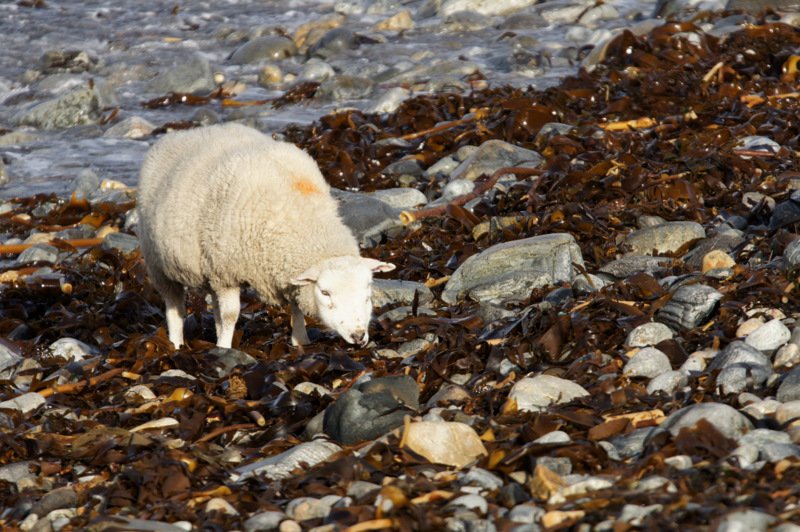
The story of seaweed-eating sheep begins with necessity. The stone wall built in the 1830s was designed to keep sheep off valuable cropland, inadvertently driving them to the shoreline’s salty buffet. Their survival depended on adapting to what the sea provided. Seaweed, rich in minerals and nutrients, became their staple. Unlike typical sheep, which require freshwater and grass, North Ronaldsay sheep have learned to thrive on diets often considered impossible for other breeds. This adaptation is a testament to nature’s creativity and the sheep’s resilience in the face of limited resources.
How Seaweed Shapes Their Flavor
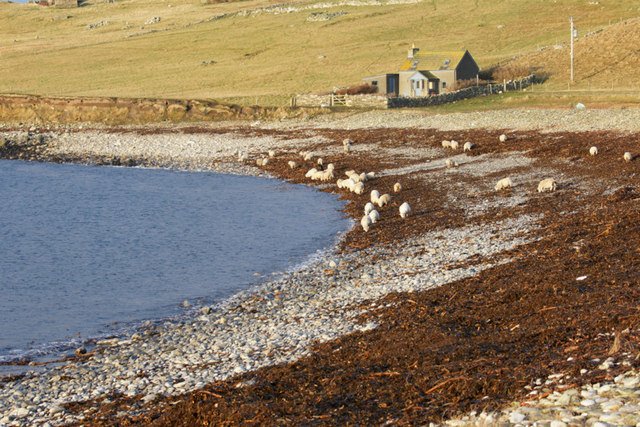
It’s almost poetic to think that what these sheep eat becomes part of who they are. The seaweed diet imparts a distinctive taste to their meat, often described as subtly briny, mineral-rich, and almost reminiscent of the ocean itself. Chefs who have prepared North Ronaldsay lamb describe its flavor as uniquely savory, with hints of iodine and salt that echo the waves crashing on the island’s shore. The meat’s texture is also firmer, reflecting the sheep’s active coastal lifestyle. For food enthusiasts, it’s an edible reflection of Scotland’s wild northern edge—something you can taste, not just imagine.
The Science of Seaweed Digestion
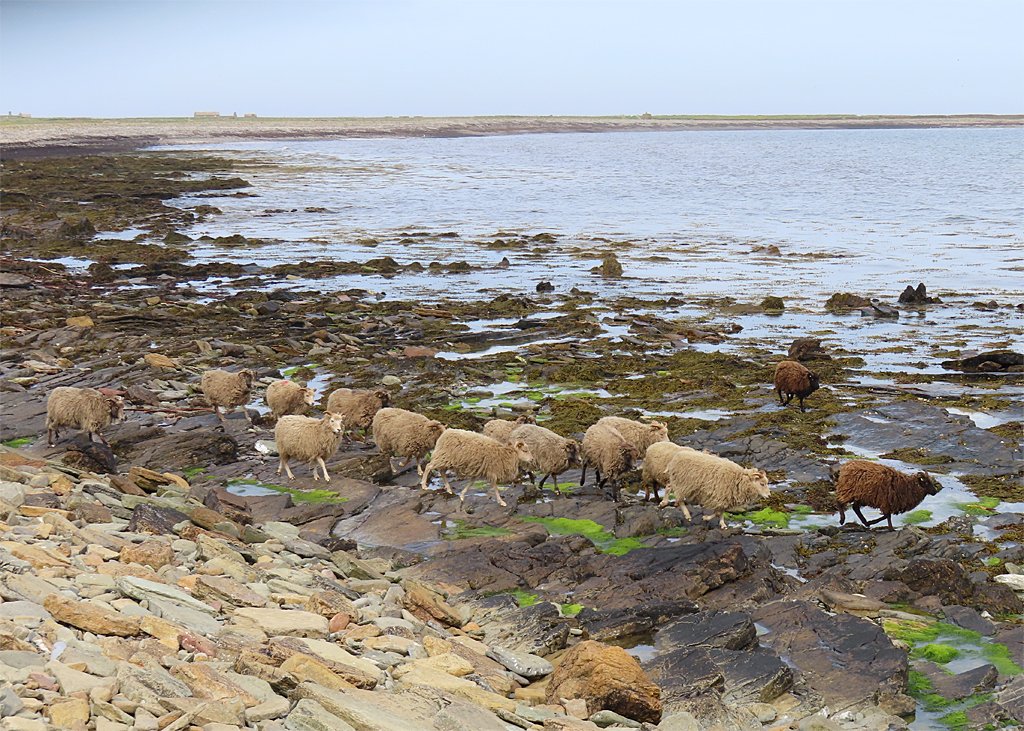
Digesting seaweed is no simple task. Most land mammals cannot break down some of the complex carbohydrates found in seaweed. However, the North Ronaldsay sheep have developed a specialized digestive system, with gut microbes capable of fermenting seaweed fibers. Studies suggest that these sheep harbor unique bacteria in their rumens, adapted to process algal polysaccharides efficiently. This bacterial partnership not only helps the sheep extract nutrition from seaweed but also protects them from mineral imbalances, such as copper toxicity, which is a risk with this unusual diet. Their digestive system is a marvel of evolution, shaped by generations of survival on the edge.
Surviving Harsh Coastal Conditions

Life on the rocky coasts of North Ronaldsay is not for the faint-hearted. The sheep face relentless winds, crashing waves, and dramatic swings in weather. Yet, their adaptation to the shoreline is evident in their sturdy build and thick, weather-resistant wool. Instead of retreating from the sea’s challenges, these sheep have embraced them, grazing among tidal pools and scrambling over slippery rocks. Their resilience is inspiring—a living reminder that nature finds a way even in the most unforgiving environments. These sheep are not only survivors, but also symbols of persistence and ingenuity.
Ancient Roots and Island History
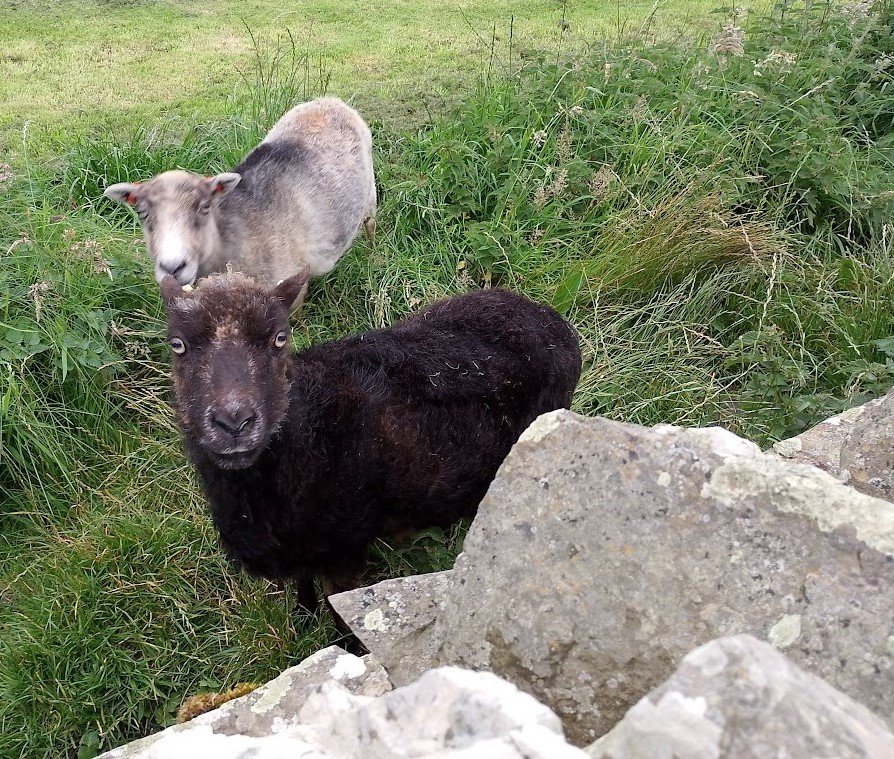
The story of North Ronaldsay’s sheep is steeped in history. Genetic studies suggest these sheep have ancient origins, possibly dating back to the Bronze Age, making them one of the oldest and most genetically distinct breeds in the world. Their continued existence is tied to the traditions and ingenuity of the island’s inhabitants, who built the famous sheep dyke and maintained careful stewardship over the flock for generations. The sheep and the people of North Ronaldsay share a bond woven through centuries—a story of adaptation, tradition, and mutual dependence on the island’s limited resources.
Conservation Challenges and Efforts
Despite their remarkable history, North Ronaldsay sheep are classified as a rare breed and face threats from changing agricultural practices, climate change, and declining island populations. Conservationists and local farmers have rallied to protect these unique animals, launching breeding programs and raising awareness about their cultural and genetic value. The sheep dyke is regularly repaired by volunteers to ensure the sheep remain on the shoreline, preserving their unusual diet and way of life. The efforts to save these sheep are not just about protecting a breed, but about honoring a living piece of Scotland’s natural and cultural heritage.
Culinary Curiosity: From Local Fare to Global Fame
What was once a local secret is now gaining attention from food lovers around the world. North Ronaldsay lamb is celebrated in specialty restaurants and at food festivals for its exceptional taste. Chefs prize its delicate, briny flavor and the story behind every bite. The meat has become a symbol of sustainable, place-based cuisine, connecting diners with the landscape and history of northern Scotland. For many, tasting this lamb is an adventure—a culinary journey to the wild edge of the world, where land and sea merge in every mouthful.
Lessons From an Unlikely Diet
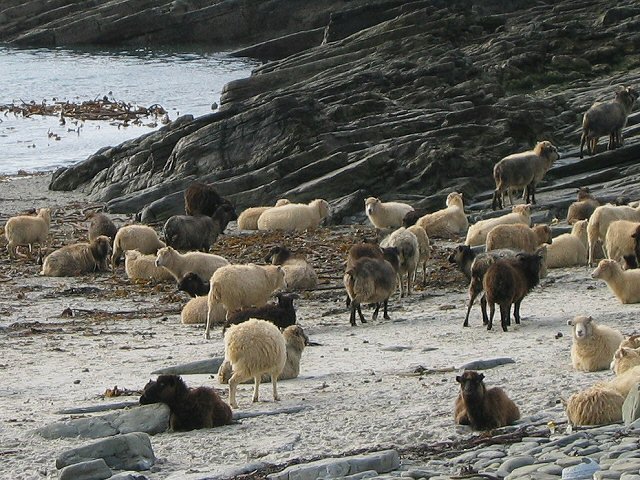
The seaweed-eating sheep of Scotland teach us more than just biology—they offer lessons in adaptability, resilience, and the importance of preserving unique traditions. Their story challenges our assumptions about what animals can eat, how they can survive, and the unexpected ways nature crafts solutions to difficult problems. In a changing world, these sheep remind us that survival often requires thinking beyond the obvious, embracing what’s available, and turning challenges into opportunities. Their existence inspires scientists, conservationists, and anyone who marvels at nature’s ingenuity.
The Taste of Place: Why It Matters
Every bite of North Ronaldsay lamb is a taste of Scotland’s wild coastlines, a flavor shaped by tides, wind, and seaweed. This unique profile, called “terroir” in culinary circles, connects food to the land—or in this case, the sea—where it is produced. Eating North Ronaldsay lamb isn’t just a meal; it’s an experience of place, a way to savor the story of an ancient breed and its remarkable habitat. This connection between food and environment encourages us to value biodiversity, support local traditions, and celebrate the flavors that arise when nature and culture entwine.
What the Future Holds for Scotland’s Seaweed Sheep
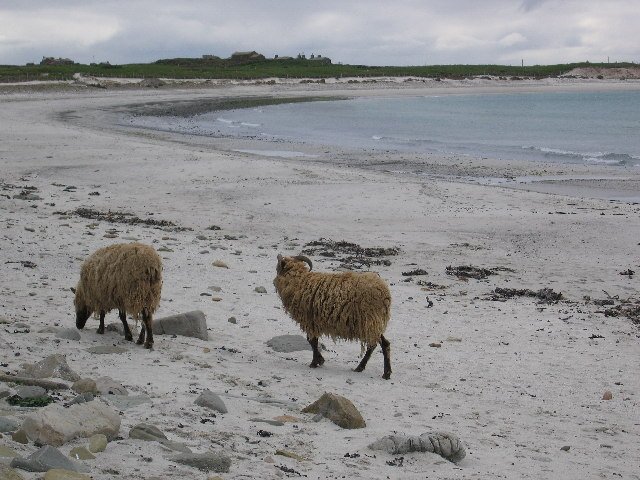
As interest in sustainable food and rare breeds grows, North Ronaldsay sheep are finding new champions. Scientists continue to study their genetics and digestive systems, hoping to unlock secrets that could benefit agriculture and conservation. Meanwhile, chefs and food lovers seek out their meat, eager to share the story and savor the taste of this extraordinary breed. The future of these sheep depends on ongoing efforts to protect their habitat, maintain traditional practices, and inspire new generations to appreciate the wonders of nature’s ingenuity.




